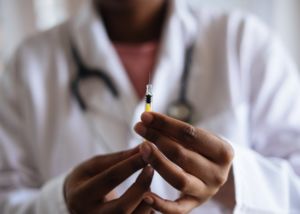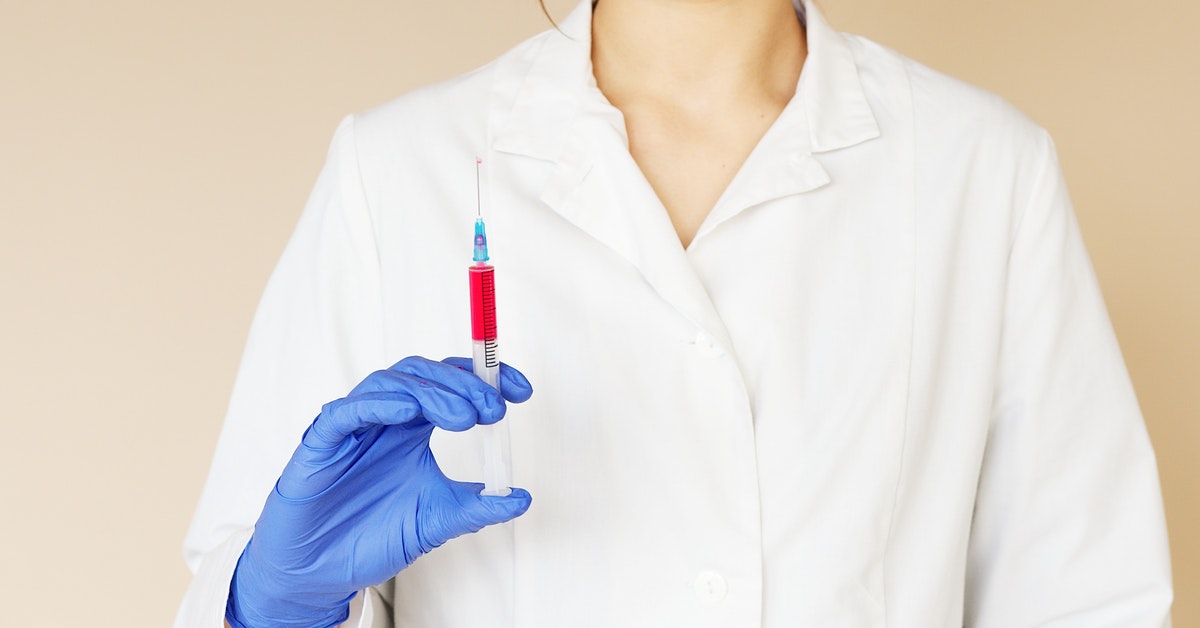
When you talk to your medical provider about joint or soft-tissue pain, he may suggest injections. PRP (platelet-rich plasma) injections are an option that has become increasingly common over the past several years. Research has shown that PRP injections can reduce pain and speed healing without causing side effects. Here is everything you need to know about this innovative treatment:
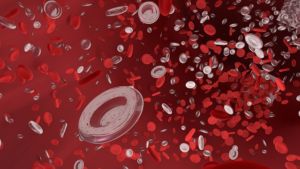
What is Platelet-Rich Plasma?
Plasma is the clear part of your blood, composed mainly of water and proteins. It is the liquid medium that allows your red and white blood cells to travel through your circulatory system. Plasma platelets are pieces of bone marrow that serve several important functions in the healing process. Platelets help your body form a blood clot to stop bleeding and dissolve it when the vessel has been repaired. They also secrete growth factors that help renew the linings of blood vessels, and secrete chemicals that attract monocytes and neutrophils to the site of inflammation. Neutrophils work to kill bacteria and protect a wound from infection. Monocytes clean up cellular debris and activate other parts of the immune system.
All of these cellular activities promote healing. Since all of this action depends on blood flow, good circulation to the area is a requirement for complete and speedy healing. Sometimes an injured area does not receive the amount of circulation it needs. This can happen for a variety of reasons and is more common than many people realize. If you are struggling with chronic pain after an injury or from wear and tear on a joint, your body may need some help to bring all this cellular healing power to the injured area. This is where PRP injections come in. Injecting the plasma directly into the injured area jump-starts the healing process.
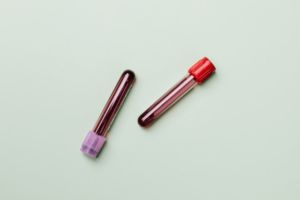
How are PRP Injections Made?
As mentioned above, plasma is the liquid portion of your blood. It has a different density than your red and white blood cells and can be separated out using a centrifuge. PRP injections are made from the patient’s own blood, right in the office during their appointment. The process is simple. A tube or two of the patient’s blood is drawn and then spun in the centrifuge for a few minutes to separate the plasma. The plasma is then drawn off and injected into the treatment area. Sometimes the provider will use an ultrasound to guide the injection to the site where it can do the most good. If that sounds uncomfortable, don’t worry. Your provider will numb the site of the injection area first.
What Types of Injuries Can PRP Injections Treat?
PRP injections have been used to treat arthritic joints, tennis elbow, tendonitis, rotator cuff injuries, and Achilles tendon injuries. When used to treat arthritic joints, PRP injections can reduce inflammation, regulate pain receptors and promote the formation of new cartilage and lubricating liquid within the joint. Many athletes depend on PRP shots to help them heal and get back in the game faster.
How Effective are PRP Shots?
Several studies have concluded that PRP injections significantly reduce pain and speed healing time when used for soft tissue injuries such as tendonitis and tennis elbow. In 2013 two separate studies determined that PRP injections were more effective than placebo for knee pain caused by osteoarthritis. The patients in the studies noticed a decrease in pain and stiffness for up to a year after their treatment. The studies also noted that a year out from treatment, the knees treated with PRP did not show an increase in degeneration. In simple terms, this means that the PRP injections helped the body to at least partially heal the damage to the knee joint and kept further damage from happening. PRP may be most effective in patients who still have some natural cartilage left in their joints. Your provider can evaluate your injury or joint and let you know what to expect.
How Long Does a PRP Injection Take to Work?
PRP injections stimulate your body to heal naturally. This healing process does not happen overnight. The time it takes for a patient to notice a decrease in pain after receiving a PRP shot will vary according to how severe the injury was and how much healing was left to do. Most patients notice a difference within about three weeks of their initial treatment. Your provider may recommend more than one injection, depending on your injury. Two or three shots over six months may be recommended for arthritis or a severe injury, but you will probably notice some relief after the first or second shot.
Since healing is the goal of PRP injections, results are typically long-lasting. Patients with injuries that can heal completely will never need another injection. Patients with arthritis or other chronic injuries may require another injection six months to a year after their first treatment.
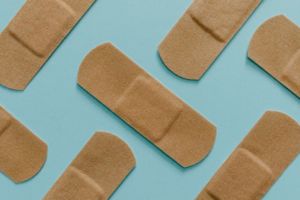
What are the Side Effects of PRP Injections?
Since PRP injections are made from the patient’s own blood, side effects are extremely rare. A licensed provider will administer the injection in a sterile manner and ask you about any health conditions you may have that would contraindicate treatment. PRP injections are safe for the large majority of people, but those with certain blood or clotting disorders, an active infection, or certain cancers should not receive PRP injections. Your provider will let you know if you are not a candidate and will recommend alternative treatment options.
Who Provides PRP Injections?
Vanguard Spine & Sport provides PRP injections to patients in the Houston area. We have years of experience administering these injections to patients with arthritis and soft tissue injuries. Give us a call to schedule a consultation with our providers and receive a personalized treatment plan.





